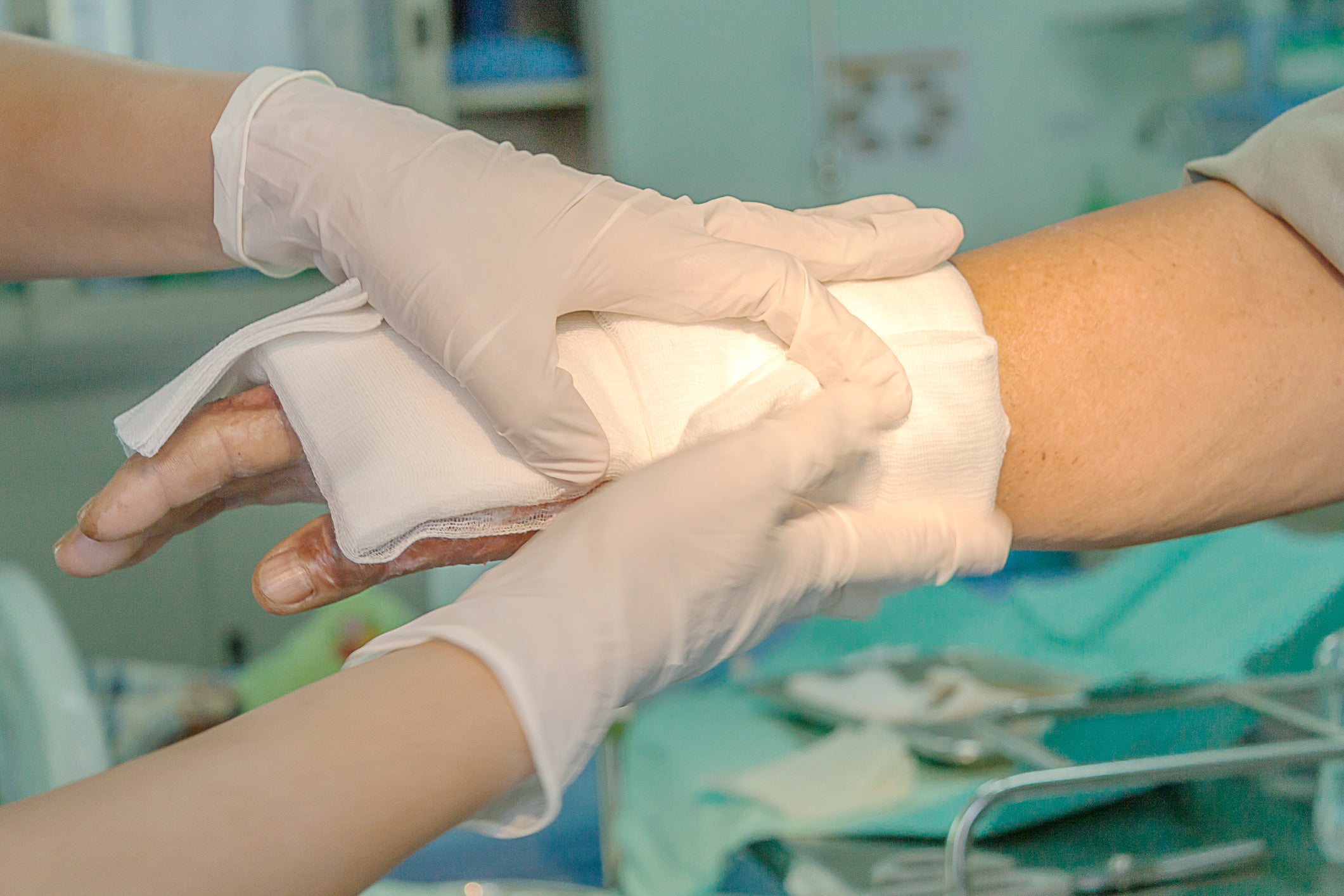Wounds are an inevitable part of life, but how we treat them in the crucial moments following an injury can significantly impact our recovery. Whether it's a minor scrape or a more serious cut, proper first aid is essential for preventing infections and promoting healing. In this comprehensive guide, we will explore the ins and outs of treating wounds effectively, providing you with the knowledge and skills needed to navigate these situations confidently.
Introduction
Understanding the fundamentals of wound care is not just a skill for medical professionals but a life skill for everyone. Accidents happen, and knowing how to respond promptly and appropriately can make a significant difference. From basic cleaning to more advanced techniques, we will walk you through the step-by-step process of providing effective first aid for various types of wounds.
Understanding Wound Types
Not all wounds are created equal. Distinguishing between open and closed wounds is the first step in tailoring your first aid approach. Moreover, recognizing the differences between cuts, abrasions, and punctures ensures that you can address each type with precision.
Assessment of Wound Severity
Beyond visual inspection, understanding the signs of infection and knowing when professional medical attention is necessary is crucial. We'll delve into the red flags that indicate a wound might require more than just first aid.
Gathering First Aid Supplies
A well-stocked first aid kit is your first line of defense in managing wounds. We'll outline the essential items you should have readily available and discuss the importance of maintaining a comprehensive first aid kit.
Step-by-Step Guide to Wound Cleaning
Cleaning a wound properly is a critical step in preventing infection. We'll guide you through the process of cleaning open wounds using mild soap and water while highlighting the importance of avoiding harsh chemicals.
Applying First Aid Ointments and Creams
Choosing the right antiseptic ointment and understanding the role of antibiotic creams in wound care is essential. We'll provide insights into selecting the most suitable products for different types of wounds.
Dressings and Bandages
Proper dressing and bandaging techniques are crucial for aiding the healing process and preventing complications. We'll help you navigate the selection of dressings based on the type of wound and teach you effective bandaging methods.
Dealing with Burns
Burns require special attention, and understanding the differences between first, second, and third-degree burns is vital. Learn the immediate steps to take when someone suffers a burn injury.
Special Considerations for Children and the Elderly
Providing first aid to different age groups comes with unique challenges. We'll discuss how to adjust first aid procedures for children and the elderly, ensuring their specific needs are met.
When to Seek Professional Help
While first aid is invaluable, there are instances where professional medical attention is necessary. We'll explore the signs that indicate a wound requires more than at-home care and emphasize the importance of seeking timely intervention.
Preventing Infection and Complications
The journey to healing doesn't end with initial first aid. Keeping the wound clean and dry is crucial for preventing infection and complications. We'll provide tips on ongoing care and monitoring for signs of worsening conditions.
Educating Others on Basic First Aid
Empowering others with the knowledge of basic first aid is a community responsibility. We'll discuss the importance of spreading awareness about proper wound care and encourage the adoption of basic first aid training.
Myths and Misconceptions about Wound Care
In the realm of wound care, myths and misconceptions abound. We'll debunk common misunderstandings and emphasize evidence-based practices for effective first aid.
Empathy in First Aid
Beyond the physical aspects of wound care, providing emotional support is equally important. We'll explore the role of empathy in first aid and address the psychological aspects of injury.
Conclusion
In conclusion, proper wound care is not just a skill; it's a responsibility we all share. By arming ourselves with the knowledge and techniques outlined in this guide, we can contribute to a safer and healthier community.
Frequently Asked Questions (FAQs)
-
Can I use hydrogen peroxide to clean a wound?
- While hydrogen peroxide was once a common choice, it can hinder the healing process. Stick to mild soap and water for cleaning wounds.
-
How often should I change the dressing on a wound?
- The frequency of dressing changes depends on the type and severity of the wound. Follow your healthcare provider's recommendations for optimal healing.
-
Is it necessary to see a doctor for every cut or scrape?
- Not every wound requires professional medical attention. However, if you notice signs of infection or if the wound is deep, seeking a doctor's advice is recommended.
-
Can children apply first aid on their own?
- The ability of a child to apply first aid depends on their age and the complexity of the injury. It's essential to teach them age-appropriate first aid skills.
-
What's the best way to support someone emotionally after an injury?
- Offering a listening ear, expressing empathy, and providing reassurance are key components of emotional support after an injury.

